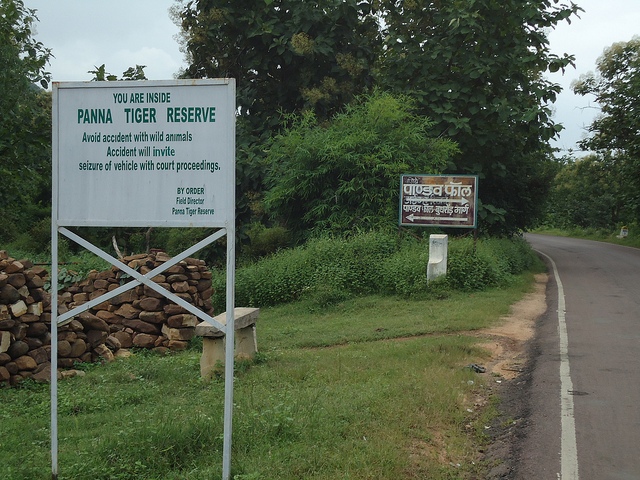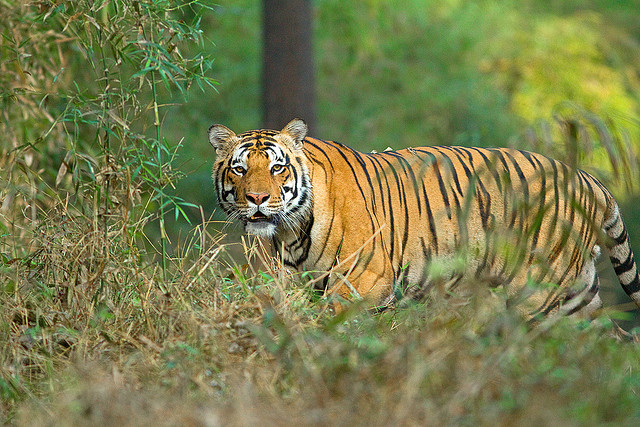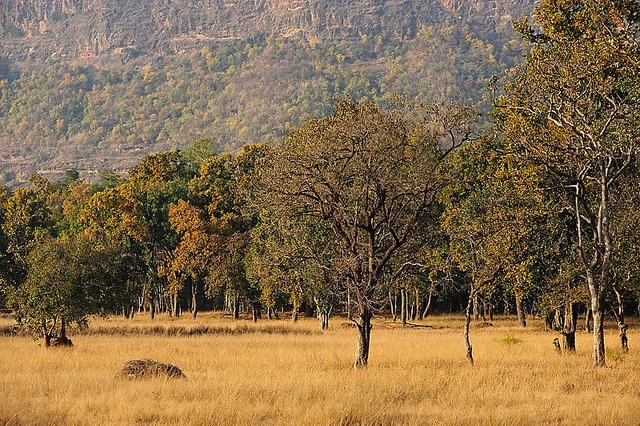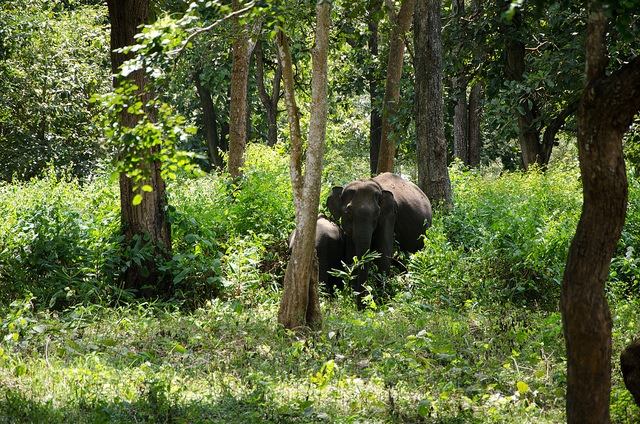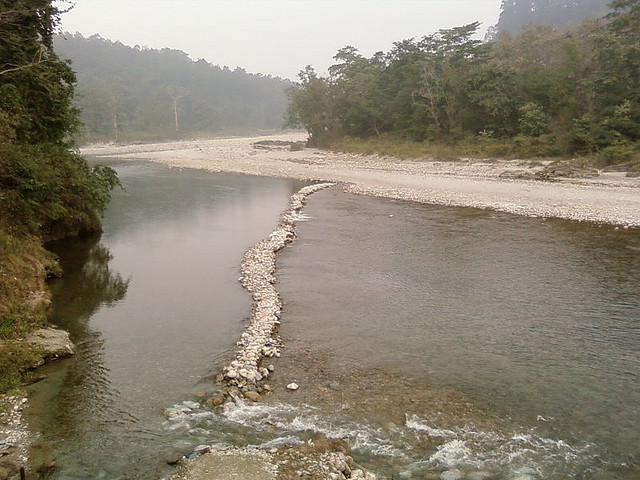Satpura National Park
Satpura National Park is located in Hoshangabad district of Madhya Pradesh in India. Established in 1981, Satpura National Park covers a wide area of 524 sq km.
A part of the central Indian Highland Ecosystem, it spreads through the dense woody forest of evergreen sal, teak and bamboo. This National Park is extremely rocky and it is bestowed with sandstone peaks, narrow gorges, and ravines. Being a part of a unique ecosystem, Satpura National Park is very rich in biodiversity and it houses some of the rare species of the animal kingdom and a large verity of birds.

